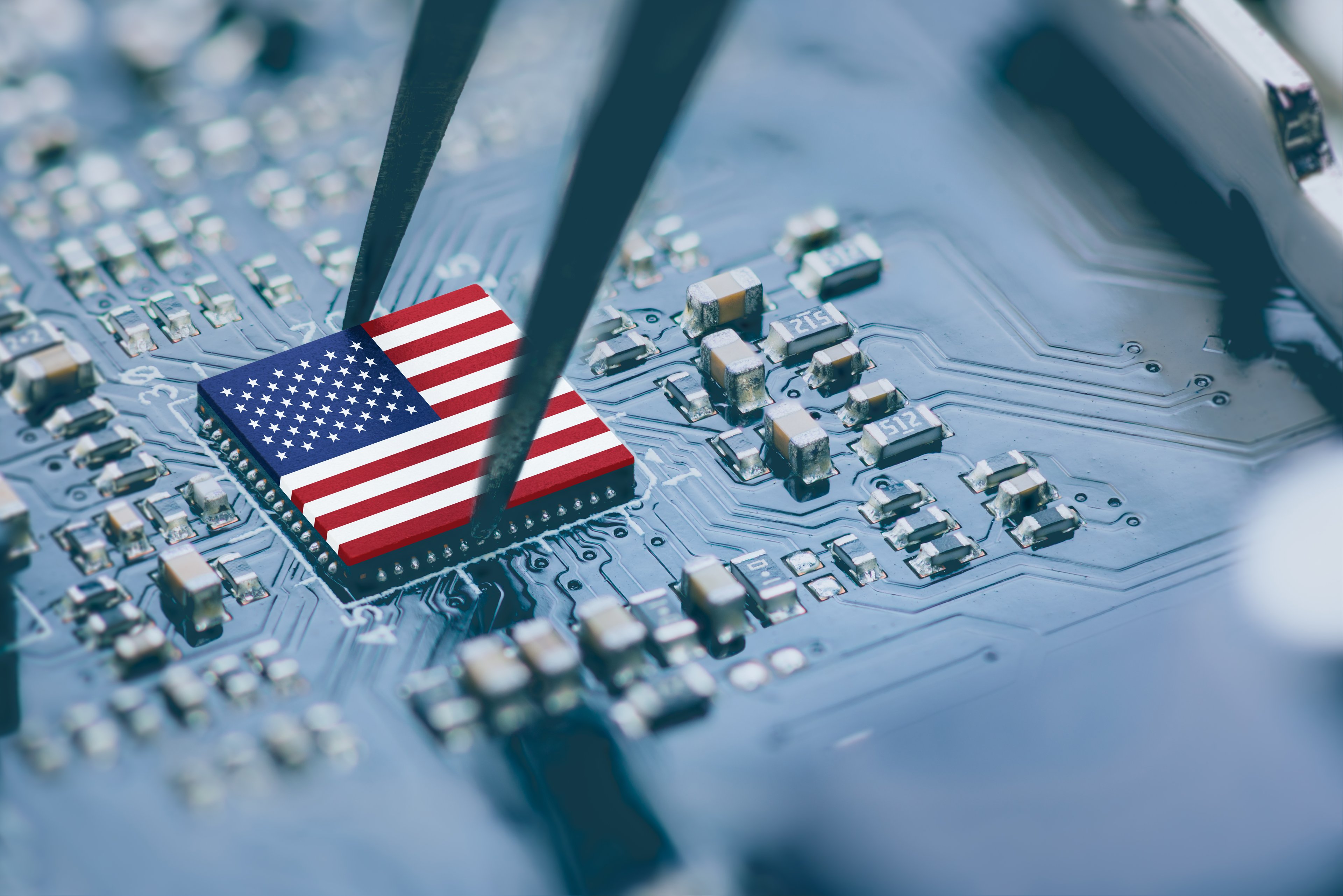It's not easy to be the underdog, fighting a much bigger enemy. But some years are better than others, and Advanced Micro Devices (NYSE:AMD) looks just about ready for a couple of fat ones right now. That is the takeaway from AMD's analyst day of 2009.
Start from Square 1
Main rival Intel (NASDAQ:INTC) just settled a number of lawsuits and regulatory complaints about years of alleged antitrust behavior, paying $1.25 billion to AMD in the process. And while AMD announced today that it will be using some of the cash to pay down debt, it stands ready to turn the rest of the welcome cash infusion into something bigger than just prepayments on its loans.
Let's start with a look at AMD's recently separated manufacturing arm, now co-owned by investors from Abu Dhabi and on its way to becoming a serious force in global semiconductor manufacturing.
Intel likes to point out that it has a more advanced manufacturing process than AMD, and that this is a real business advantage. Smaller transistors and electric leads on processors allow for lower power usage, more chips per silicon wafer, and generally better business all around. Intel has the lead now because AMD stumbled badly on its way to the 45-nanometer checkpoint. Intel is reportedly moving to 32 nanometers in early 2010, leaving AMD far behind.
Or so you would think. AMD's own 32-nm process is on track for "risk production" at the very start of the third quarter. Despite some painful delays announced back in September, the conversion is running according to its revised schedule after some time under the tutelage of technology partners like IBM (NYSE:IBM) and Sony (NYSE:SNE), and on the back of its partners from Abu Dhabi. Yes, that still puts AMD's full-on production schedule seemingly several quarters behind Intel's, but not as far back as the last-generation change would indicate.
Furthermore, AMD works closely with leading independent manufacturers like Taiwan Semiconductor Manufacturing (NYSE:TSM). Through that partnership, AMD is already shipping 40-nm graphics chips ahead of graphics peer NVIDIA (NASDAQ:NVDA). AMD claims to be taking market share from NVIDIA, and that matches up with NVIDIA's own reports of supply problems. While there have been some initial problems with the production of these newer advanced memory chips, the lessons learned from cranking out tiny, power-efficient graphics chips on schedule should come in handy when the bread-and-butter system processors come up for the same treatment.
The road ahead
This is where AMD's story gets both complicated and exciting. The company has many products lined up for introduction over the next couple of years, including the final payoff for the often-maligned acquisition of Canadian graphics specialist ATI. Designed to take advantage of the 32-nm process, AMD's first Fusion products will launch in 2011. This, my friends, is a game-changer.
The general trend these days is that the lines between graphics processors and system processors are blurring. A graphics chip can now perform much of the same math that your main processor would usually handle, while system processors can now assign some specialized duties -- like graphics processing -- to one of the multiple cores found on modern processors.
NVIDIA is great at designing graphics products, and Intel is pretty awesome at the general processing game. But unless Intel buys NVIDIA, AMD is the only company that can claim years of high-performance experience in both of these markets. Today, AMD is paving the way toward a single-chip future through the software stage of the Fusion project. Some of the processing that an AMD graphics product could handle better than a traditional processor can be handed off to the correct chip for the task, making the most of your computer's powers. For example, Adobe Systems (NASDAQ:ADBE) will support this kind of load balancing in the next version of its Flash platform -- you know, the technology that powers the majority of all video content you see online.
AMD management calls this "heterogeneous computing," where programmers just write code and let the system figure out on which chip it should run. When true Fusion hardware makes it into stores, AMD will have a tangible advantage that Intel might find hard to match for some time.
Why should I listen to you, fanboy?
Yes, I own AMD shares (and have been very happy with their performance in 2009), and sure, you might expect me to wax poetic about the company's future at all costs. Just remember that I will call the company out for bad execution and silly decisions. And I will tell you when AMD isn't ready to benefit from its good moves quite yet. Today, several of AMD's upcoming products are running ahead of schedule. While it has seen its share of delays, the 32-nm process appears to be back on track in a way that the shaky 45-nm conversion never was, and AMD looks just about ready to hit a few home runs.
Will the stock price go back to the $40s, where the Athlon 64 took it years ago? Heck no, but it doesn't have to go that far from today's $7.10 level to be a great investment. I say it's still time to buy AMD.
Am I insane -- or a beacon of light in the wilderness? Tell me off in the comments below.











